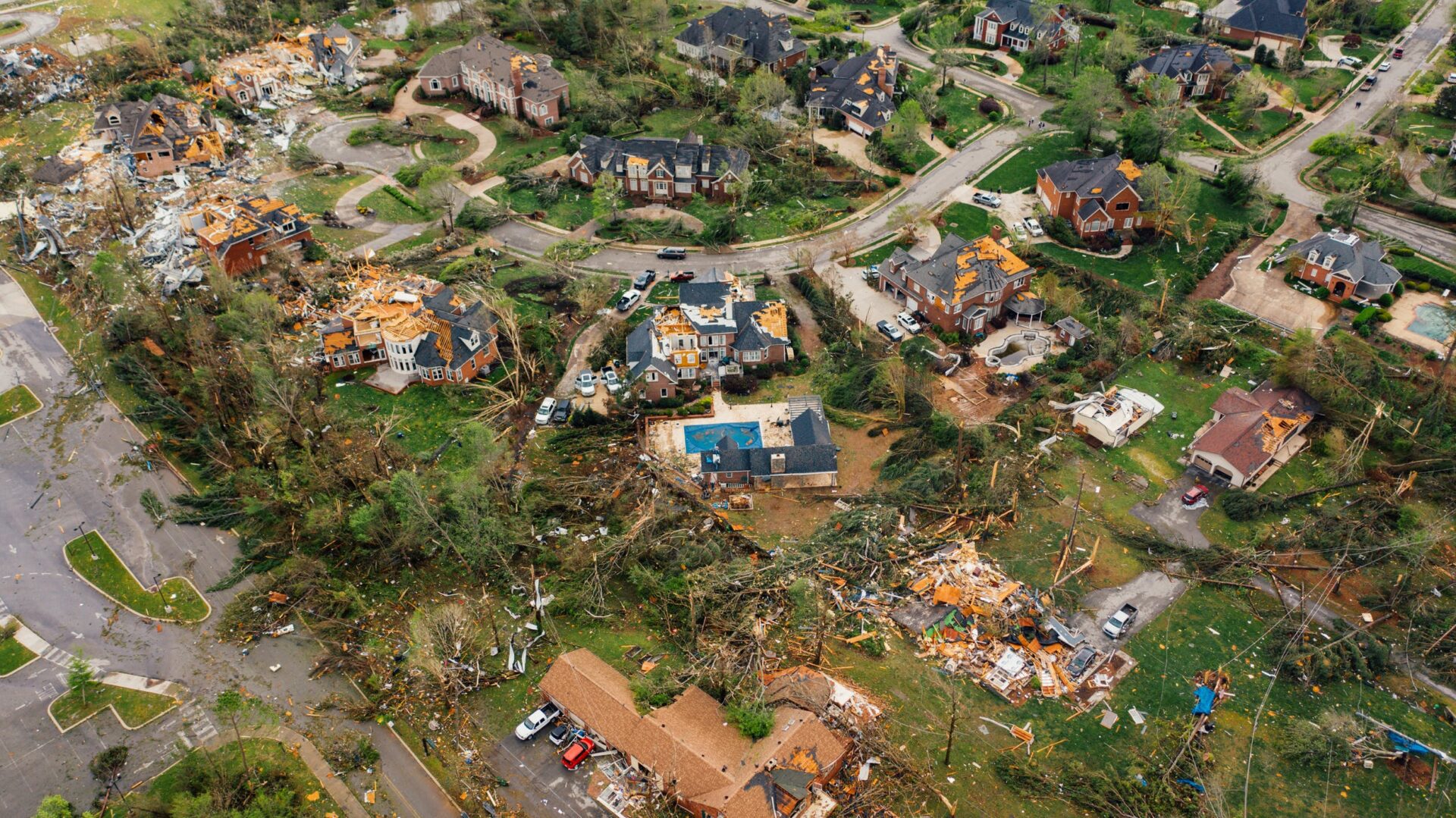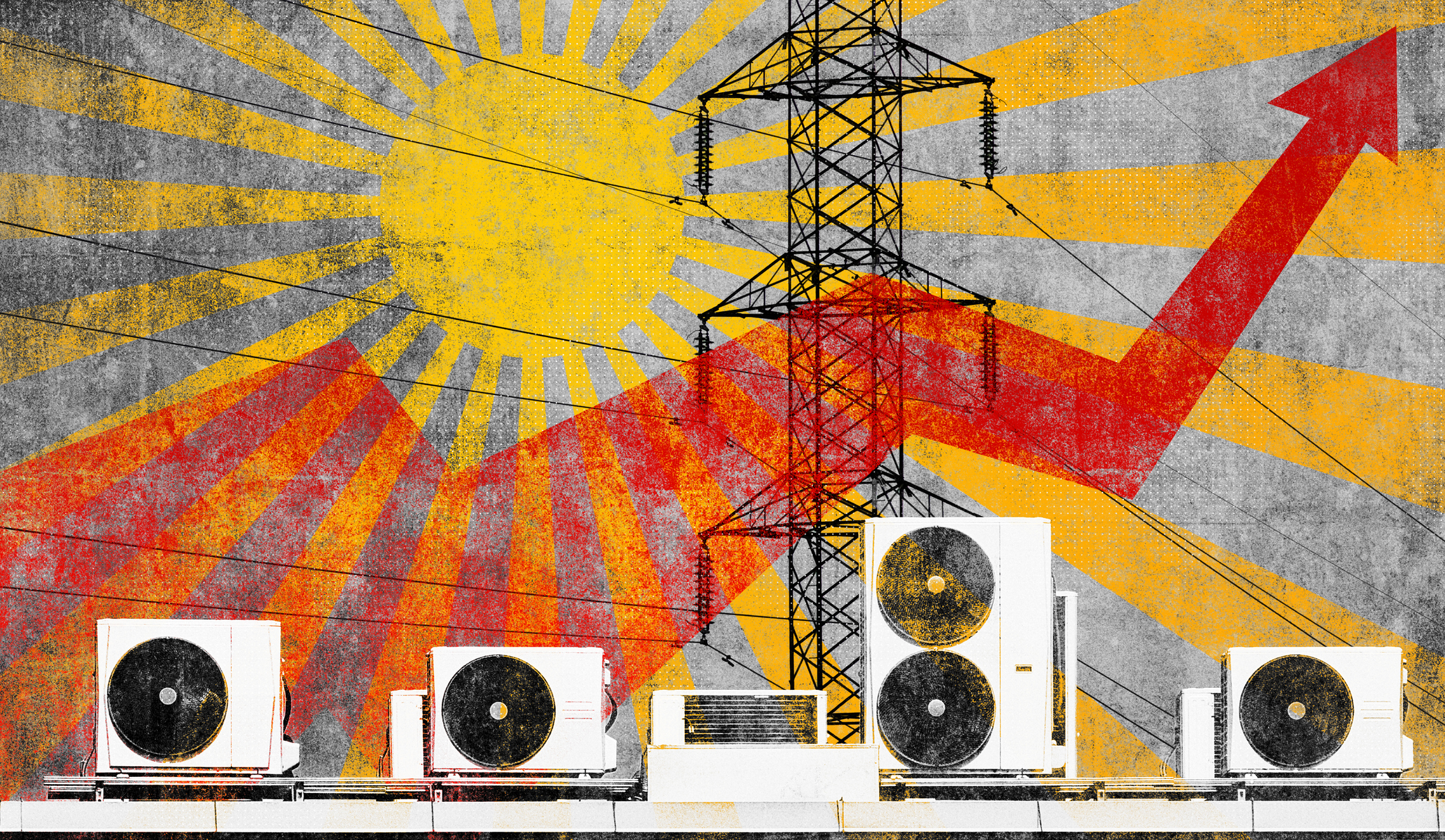Every year, the weather becomes less predictable due to the effects of climate change, and this year has proven no less challenging. We’ve witnessed an explosion of extreme weather events across the country and around the globe, including a spike in tornado activity, historic flooding, and record heat. As we approach the peak of hurricane season, the ongoing efforts of electric cooperatives to make the electric grid more flexible, efficient, and resilient also helps to ensure that their members’ power is as reliable as possible, no matter the weather. In the face of increasing increment weather and tech disruption, how can electric cooperatives enhance their grid resiliency?
Electric cooperatives are member-centric, focusing on continuity of service and lower rates. Hurricane season challenges this because it only takes one storm to upend our communities. That’s why co-ops must continuously prepare, make improvements, and leverage technology so they can most effectively serve their members when they need them most. Making upgrades across power systems to build a stronger and smarter power grid ensures crews are ready to respond when the next hurricane strikes.
Multiple Vulnerabilities
Planning to deal with severe weather conditions during a hurricane helps co-ops increase grid resiliency and decrease restoration costs. The electricity system has multiple vulnerabilities at all links of the value chain that aren’t just in the four main functions of electricity supply — generation, transmission, distribution, and end-use —but also in fuel supply chains and the communications of the smart technologies that operators rely on for demand response events and distributed energy resource (DER) programs.
The main vulnerability of generation assets caught up in extreme weather events is from flooding, whether caused by rainfall or by the storm surges whipped up by hurricanes. That was a lesson learned by Entergy Louisiana when Hurricanes Katrina and Rita caused more damage to the company’s distribution system than any other storm in history. Both hurricanes damaged more than 21,000 poles, 12,600 distribution transformers, and miles of wire in Entergy Louisiana’s service territory totaling $966 million in storm restoration.
Challenging Fuel Costs
Enhancing grid resiliency can affect more than just the continuity of service that members desire, to an unfortunate cascade of outcomes. The impact of inclement weather events is cumulative, challenging utility providers across multiple spectrums from damaging expensive infrastructure to creating fuel shortages that can lead to higher utility rates.
Hurricane and tropical storm activity can put a strain on the U.S. fuel supply system, particularly if the storm tracks through the production-heavy Gulf of Mexico or makes landfall along the Gulf Coast region, which houses many of the nation’s refinery and natural gas processing centers. For example, many studies have shown that when gasoline production is lost and demand surges, fuel prices sometimes rise — even in areas far from hurricane-affected states. Likewise, emergency responses from governments and utility providers tend to increase the demand for gasoline for vehicles and diesel for generators. Meanwhile, pre-storm evacuations can ease gasoline consumption.
Early power plants produced electricity primarily from coal, steam, or hydroelectric energy. Today, natural gas power stations generate almost a quarter of world electricity, surpassing coal to become the leading generation source and playing a significant part in global greenhouse gas emissions — and thus climate change. The interdependency between the electric power and natural gas systems has increased due to the gas-operated distributed generation and electric gas compressors. Hurricane Sandy proved to be a serious detriment to the gas distribution systems and affected 32,000 consumers of New Jersey Natural Gas.
Emphasizing Grid Resiliency and Affordability
The commitment of electric cooperatives to grid resiliency in the face of storm events is a renewal of their founding mission of providing affordable, reliable energy to communities throughout America. To get ahead of storms and prepare communities for fast recovery in the most cost-effective way possible, investments must be made early from prediction to prevention and restoration when outages happen.
Some cooperatives are now offering member-connected distributed energy resources (DER) programs with long-duration energy storage to enhance resilience in areas vulnerable to extreme weather events. That is why we developed our Gravity Connect® API, a DE platform built for co-ops as an innovative approach to helping utility programs connect with members more efficiently, and to accelerate the deployment of DERs.
How Electric Co-ops Can Increase Grid Resiliency As Hurricane Season Begins Conclusion
To avoid the rolling blackouts or projected energy shortfalls that are currently plaguing utility providers in the northern hemisphere, electric co-ops can plan now to enhance their grid resiliency for the inevitable storms to come. As that same pressure for utilities to prepare for hurricane season continues to build, many co-ops are already taking steps to build storm resilience through a combination of new and traditional approaches covering everything from enhancing existing emergency response plans to having the right technologies in place.
Furthermore, as members in rural areas continue to electrify, co-ops have the opportunity to use tools like demand response events, virtual power plants, and vehicle-to-grid (V2G), bi-directional EV charging as alternative means of enhancing grid resiliency by providing viable alternatives. Regardless of the specific approach, electric cooperatives share a commitment to protecting their members and communities while ensuring the reliability of uninterrupted service — the ultimate measure of grid resiliency.






